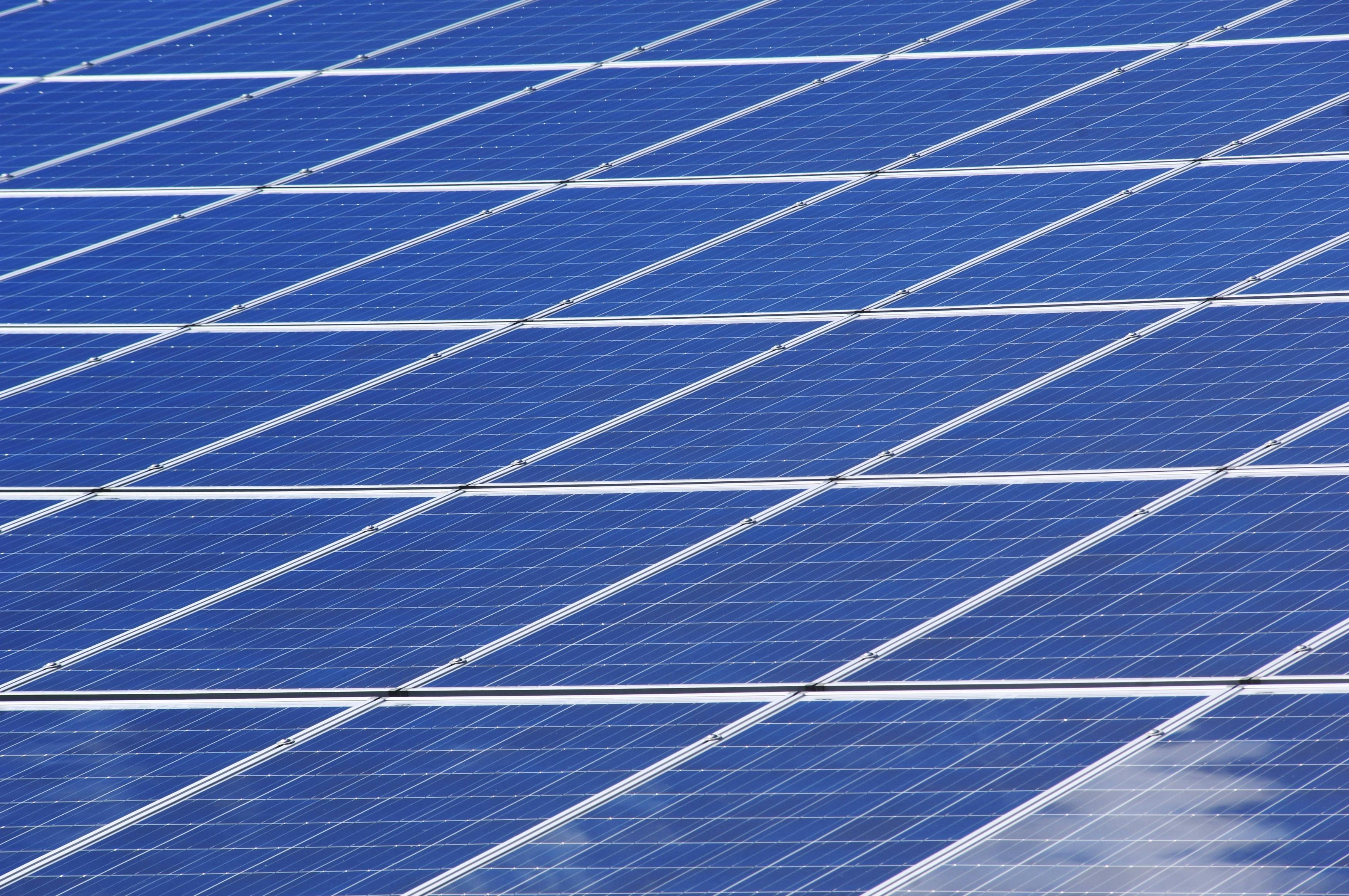Understanding the Cost of 10kWh Solar Storage: A Comprehensive Guide
Exploring the financial aspects of solar storage can be daunting, but understanding the costs involved with a 10kWh system is crucial for making informed decisions. Let's break down the factors that influence these costs and what you should consider before investing.

What Influences the Cost of a 10kWh Solar Storage System?
Several key factors determine the overall cost of a 10kWh solar storage system. Battery chemistry plays the most significant role, with lithium-ion batteries typically costing more upfront but offering better performance and longevity. Installation complexity affects pricing, as systems requiring electrical upgrades or specialized mounting solutions increase labor costs. Geographic location influences both equipment availability and installation rates, with some regions having higher labor costs or requiring additional permits.
System components beyond the battery itself contribute to total costs. Inverters, monitoring systems, safety equipment, and electrical connections all add to the final price. Professional installation ensures safety and warranty compliance but represents a substantial portion of the overall investment. Some homeowners opt for DIY installations to reduce costs, though this approach requires electrical expertise and may void manufacturer warranties.
Comparing Battery Types: Lithium-Ion vs. Lead-Acid
Lithium-ion batteries dominate the modern solar storage market due to their superior energy density, longer lifespan, and higher efficiency rates. These batteries typically last 10-15 years with minimal capacity degradation and can handle daily charge-discharge cycles effectively. Lead-acid batteries offer a lower upfront cost but require more frequent replacement and have shorter lifespans of 3-7 years.
The depth of discharge capabilities differ significantly between battery types. Lithium-ion batteries can safely discharge up to 90-95% of their capacity, while lead-acid batteries should only discharge to 50% to maintain longevity. This means a 10kWh lithium-ion system provides approximately 9kWh of usable energy, while a lead-acid system of the same capacity offers only 5kWh of practical storage.
Real-Life Case Study: Solar Storage in California
California’s aggressive renewable energy policies and high electricity rates make solar storage particularly attractive for residents. A typical residential installation in San Diego demonstrates the practical benefits and costs of 10kWh storage systems. During peak summer months, homeowners can store excess solar energy produced during midday hours and use it during expensive evening peak rate periods.
Time-of-use electricity rates in California create significant savings opportunities for storage system owners. Peak rates can exceed $0.50 per kWh during summer evenings, while off-peak rates drop below $0.20 per kWh. A properly sized 10kWh system can shift energy consumption from peak to off-peak periods, generating substantial monthly savings that help offset the initial investment costs.
Understanding Incentives and Rebates
Federal tax credits significantly reduce the net cost of solar storage systems when installed alongside solar panels. The Investment Tax Credit (ITC) allows homeowners to deduct 30% of the system cost from their federal taxes, though this percentage is scheduled to decrease in future years. Some states and utilities offer additional rebates or performance incentives that further reduce upfront costs.
Net metering policies vary by location and utility company, affecting the financial benefits of energy storage. Areas with favorable net metering allow homeowners to sell excess solar energy back to the grid at retail rates, while others offer lower wholesale rates. Understanding local policies helps determine whether storage systems provide better financial returns than simply selling excess energy to the utility.
| Battery Type | Provider | Capacity | Cost Estimation |
|---|---|---|---|
| Tesla Powerwall 2 | Tesla | 13.5kWh | $11,000-$15,000 |
| LG Chem RESU | LG Energy | 9.8kWh | $8,000-$12,000 |
| Enphase IQ Battery | Enphase | 10.1kWh | $9,000-$13,000 |
| Sonnen Eco | Sonnen | 10kWh | $12,000-$16,000 |
| Generac PWRcell | Generac | 9kWh | $10,000-$14,000 |
Prices, rates, or cost estimates mentioned in this article are based on the latest available information but may change over time. Independent research is advised before making financial decisions.
Maintenance Costs: What Should You Expect?
Ongoing maintenance costs for 10kWh solar storage systems remain relatively low compared to other home energy equipment. Lithium-ion batteries require minimal maintenance beyond periodic system monitoring and software updates. Most manufacturers provide monitoring apps that track system performance and alert owners to potential issues before they become costly problems.
Annual inspection costs typically range from $100-$300 when performed by certified technicians. These inspections verify electrical connections, check battery performance metrics, and ensure safety systems function properly. Some homeowners perform basic visual inspections themselves, though professional assessments help maintain warranty coverage and identify potential issues early.
Replacement costs should be factored into long-term financial planning. While lithium-ion batteries last 10-15 years, eventual replacement represents a significant expense. However, battery costs continue declining as technology improves and manufacturing scales increase. Many experts predict replacement batteries will cost substantially less than current systems by the time replacement becomes necessary.




